Have you ever heard of honey or honeyed coffee? It's a method of processing coffee that falls in between the washed and natural methods that we discussed in our last post. In this blog, we'll dive deeper into what honey coffee is, how it's processed, and why it's gaining popularity in the coffee industry. We'll also discuss the sustainability of different processing methods and how they impact the environment and the coffee farmers. So, let's get started!
What is “honey” or “honeyed” coffee?
Between the washed and natural processes, there are a variety of other methods that involve varying degrees of removal of parts of the coffee cherry using or not using water. The terms "honey," "pulped natural," and "semi-washed" are used somewhat interchangeably to refer to coffee that is pulped at a wet mill but often bypasses fermentation tanks and washing channels to dry with the sticky fruity mucilage still glued to the parchment.
In the coffee industry, there is a lack of consensus on the exact meaning of “semi-washed” coffee. The term generally means a process by which some portion of the mucilage is removed from the parchment. If larger amounts of water are used to do this, it is considered "semi-washed," but if little or no water is used to do this, it is considered “pulped natural." Again, however, there is debate in the industry on specific distinctions between the two.
Note: When pulp is removed from a fruit—any fruit—the verb is “to pulp," and fruits are pulped to remove the stringy mesocarp holding juice. The coffee industry has attached a “de-“ in front of “pulped” to mean the same thing, even though it is grammatically questionable.
Pulped Natural Coffee:
In the late 1980s, Brazilian producers sought to bring out more desirable characteristics in their coffee without using the quantities of water required for washing. They called this new method “de-husked cherry," or "cereza descascado" in Portuguese, which means that the skin but not the pulp of the fruit was removed before drying. In English, we began calling this “pulped natural” or “pulp natural” or even “pulp dried” coffee.

Costa Rican producers soon caught on to the pulped natural process and employed it with great success. Their specialty coffees that used this method tasted exceptionally sweet with notable fruit characteristics.
However, as most coffee origins do, they made up their own term for pulped natural and called the process “honey” because of how the freshly pulped coffee looked and felt. The sticky, pectin-coated parchment resembles and even smelled like honey, so the name “honey coffee” or “honeyed coffee” stuck. To be clear, no honey is used in the process. It’s all about sticky coffee fruit.
Mucilage varies among coffee cultivars and growing conditions. Some will have less mucilage, which will cause the coffee to dry more quickly. Others will have more mucilage, and need a longer drying time. As mucilage is exposed to the air, it oxidizes, just as apples, pears, or avocados turn brown when cut. This is called enzymatic browning, and depending on the number of compounds and mucilage, the outsides of the coffees will dry to various colors. This is what prompts the naming of honey-processed coffees: yellow honey, red honey, and black honey.
Yellow honey has the least amount of mucilage coating the parchment and dries the fastest, with red honey taking longer to dry and black honey fully covered and having the longest drying period. Honey coffee also needs to be turned and evenly dried, and it takes up space on the drying beds for longer periods than washed coffees drying in parchment.
There are food safety and hygiene considerations in this type of processing, like every other method. The longer it takes for the coffee to dry, the more likely it is to ferment, become overrun with microbes, and start to rot, which manifests in defects. Defects include full blacks, sours, and beans contaminated with ochratoxin A or other mycotoxins.
The photo below shows well-processed honey coffee that is made using food safety precautions and is hygienic. The employee is wearing sterilized boots as he turns the coffee, and the delivery belt is sanitized between lots. The cover allows for good air circulation with additional warmth to speed the process, while at the same time keeping it dry.

The video below provides an up-close view of the process.
Below is a photo showing black honey coffee that is becoming moldy and would not be an appropriate coffee to be used for health reasons. This is actually from a producer in Sumatra, where they traditionally use a method called "wet-hulled," which removes everything from the cherry, including the parchment, and dries the coffee in just silverskin. This is what often gives Sumatran coffees an “earthy” flavor because the exposed seeds absorb odors and aromas, like soil or smoke, more easily. This producer was hoping that honey coffee might be an alternative to wet hulling, but he abandoned this idea and went back to traditional methods for his growing region.
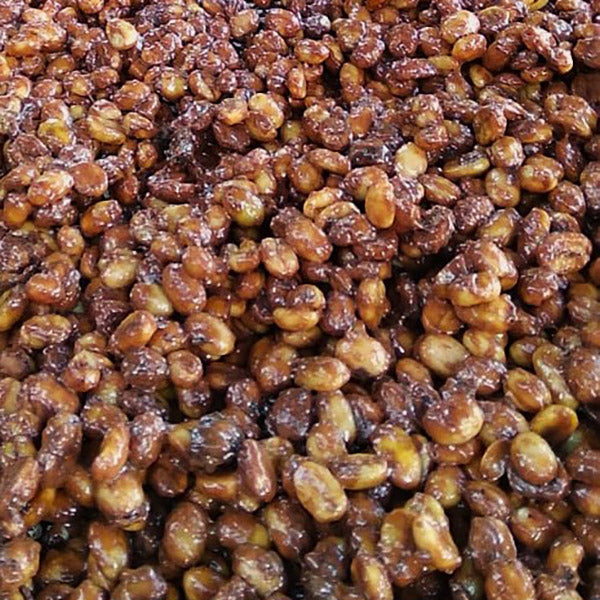
Honey-processed coffee is not easy for producers. Not only does it take time, but having special equipment is the best way to make it a sustainable, replicable product for the market. Harvesting is also more complicated, since the ripest cherries make the process both easier and more impactful, but this requires extra labor and visits to the same land six or seven times during a season, since coffee ripens at different rates. Why do they do it? If they have specialty coffee, honey processing could make the coffee taste unique and sweet, which fetches a higher price on the market.
Now that we’ve looked at the three main processing methods, let’s look at them through the lens of "sustainability." This is a big topic, but one worth introducing at this point. Coffee processing can sometimes be an active choice for a producer. Other times, the producer is at the mercy of the environment or tradition.
There are sustainability considerations that are primarily environmental and financial. Remember that coffee is graded on quality, usually on taste and visual appearance, both of which impact the price significantly, which in turn feeds into how sustainable an operation is. It's worth noting that these flavor profiles are not always consistent or predictable and can vary depending on the specific coffee.
Natural/Dry Processing Method:
This method requires less water (sometimes no water) than the washed method, making it a more sustainable option. However, the drying process can take several weeks, which can be a problem in areas with insufficient space to dry the beans or if it rains during the drying process.
The cost of natural processing is generally lower than washed processing as it requires less water and labor. The method of drying the coffee can have different costs, too, via land usage for sun drying versus equipment, infrastructure, and fuel needed for mechanical drying. Both of these impact the quality of the coffee and profitability, which determines the producer's sustainability.
Natural processed coffee may be considered lower quality compared to washed coffee, which can result in lower prices for the producer. The quality of the final green coffee from the natural process may be inconsistent, making it difficult for farmers to secure a selling price, particularly because it may have odd or unique flavors that the larger market may not value, leaving the producer to market it another way.
Natural coffees have a wide range of flavors, which sometimes delight coffee buyers, but other times may be considered defective or low grade. Because the skin and fruit are left on the bean during drying, the coffee can develop intense flavors such as blueberry, strawberry, or cherry, yet despite the fruit notes, it may have lower acidity than washed or honeyed coffees. However, if drying time is not managed well, the fermentation that occurs within the sealed fruit can also result in undesirable flavors such as sourness, overripe fruit, or vegetables (even onions).
Throughout the production year, climate and processing time can have a big impact on the compounds in the coffee. Compounds may be both healthy and potentially unhealthy. A great coffee that has been dry-processed with care can be a magical coffee experience for those who seek out uniquely flavored coffees.
Washed/Wet Processing Method:
This method requires more water than both the natural and semi-washed (honey) methods. Of course, this can be a problem in areas where water is scarce or seasonal, especially with changing weather patterns.
Also, the water used in this process can be a source of pollution if not managed well. Coffee effluent typically contains high levels of organic substances, such as caffeine, tannins, and cellulose, as well as high levels of acidity. If coffee effluent is discharged into nearby water bodies without proper treatment, it can lower the pH of the water, which can harm aquatic life and affect the overall ecosystem. The effluent can also contain significant amounts of nutrients, including nitrogen, phosphorus, and potassium, and even crop chemical residues, which can have a negative impact on the environment depending on how wastewater is managed. Some farmers use water treatment systems to address this issue; others control the problem creatively by using plants or engineering the topography and land to filter and reuse the water. Either way, proper management of coffee effluent is essential to minimize its impact on the environment and ensure the sustainability of coffee production.
Very generally speaking, washed coffees are sometimes considered to have a more consistent quality, making them more reliable for farmers to sell. The cost of washed processing is typically higher compared to other methods due to the need for additional water, labor, and equipment. The drying methods are the same as with naturals; however, washed coffee is often considered to be of higher quality, which can result in higher prices for the producer. In terms of health, washed coffees are considered less risky in terms of mycotoxins than naturals.
Honey/Semi-Washed Processing Method:
This method requires less water than the washed method and produces a coffee with a unique flavor profile. In general, honey-processed coffees can have fruity notes like blackberry or apricot. These fruit notes can be subtle, and when combined with notes of chocolate and nuts, honeyed coffees can have complexity and depth that fetch a good price in the market.
Roasting honeyed coffee can be challenging because there are sugars remaining on the silverskin of the beans, which can burn and be bitter, but skillful roasters can turn that into a caramelized, molasses, brown sugar, “spun sugar,” or “crème brûlée” note. Despite the complexity of the flavor profile, honey-processed coffees often have a clean finish with a pleasant aftertaste that lingers on the palate.
The cost of honey processing can vary depending on the degree of fruit left on the bean and the specific method used to both pulp and dry the coffee. Although it generally requires less water and labor compared to washed processing, to do it well requires specialized equipment that is different from washed or natural processing. The honey method can require more labor than the other methods, particularly to keep the coffee healthy—pulping it correctly without breaking the beans, then drying it to avoid mold, hulling the final parchment properly, etc. All this can be a challenge for farmers in areas where labor is expensive or scarce.
After publishing the first part of this series, we promised to tell you which coffee processing methods Purity Coffee® uses. Our basic premise is, “What if every decision we make in producing a coffee is based on health first and taste second?” We have primarily worked with washed arabicas because they tested high in antioxidants, and our producer partners have excellent food safety practices while having innovative water usage and disposal techniques that protect the environment (this is part of the Smithsonian Bird Friendly Certification).
One of our producers produces the honey-processed coffee we use for PROTECT. He actually both modified and invented equipment to process the honey and maintain the chain of health and hygiene.
Coming this spring we have a very special, small lot of premium honeyed coffee we will be offering as a limited release, and we are actively hunting for naturally-processed coffees that meet our strict organic, health, and food safety standards.
In conclusion, understanding the various processing methods used in coffee production can help us appreciate the complexity and diversity of this beloved beverage. From the more traditional washed method to the innovative honey process, each method brings its own unique flavor profile and challenges for producers. The sustainability of different processing methods is important, and honey coffee can have a positive impact both on the environment as well as the coffee farmers.
15 comments



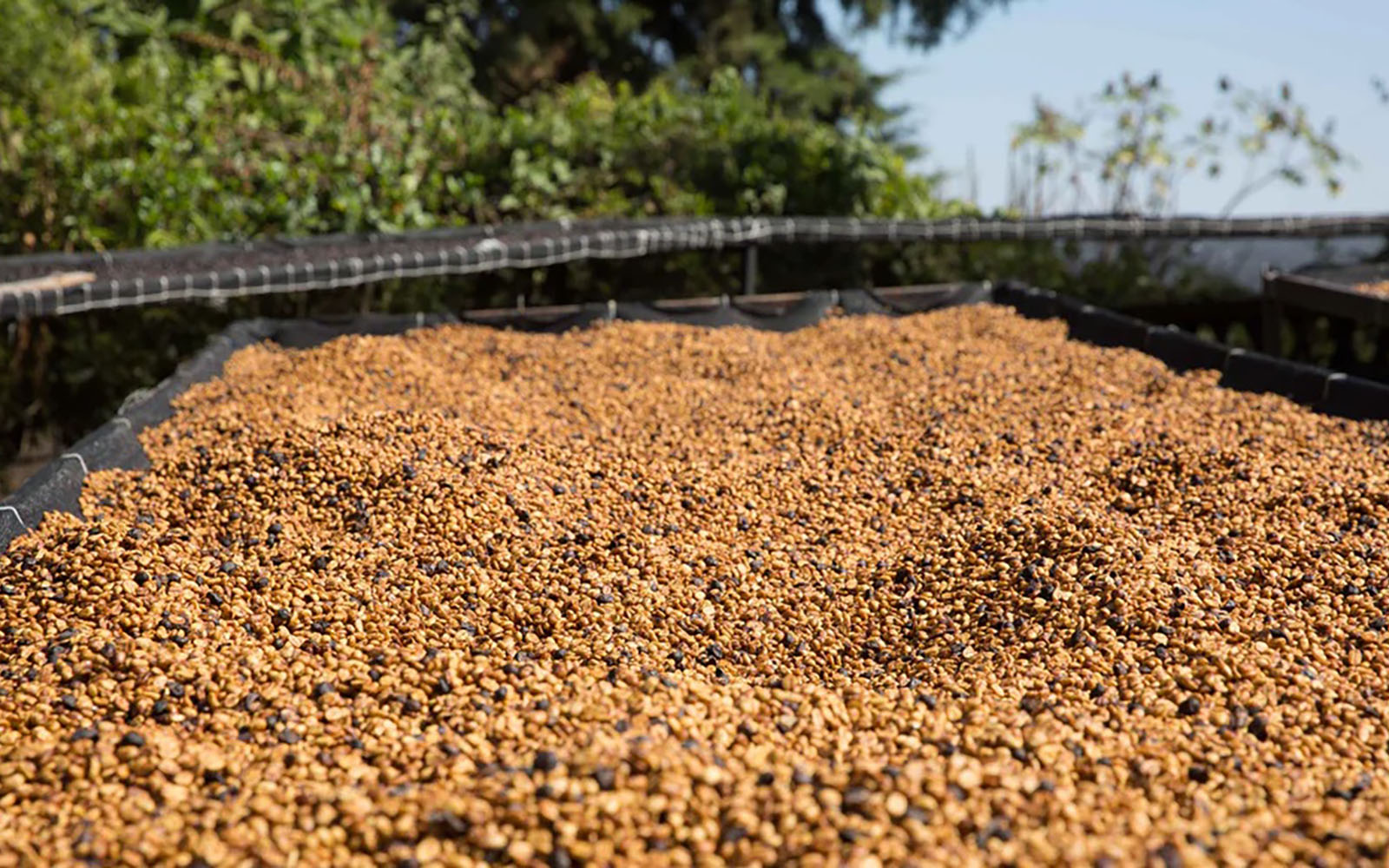
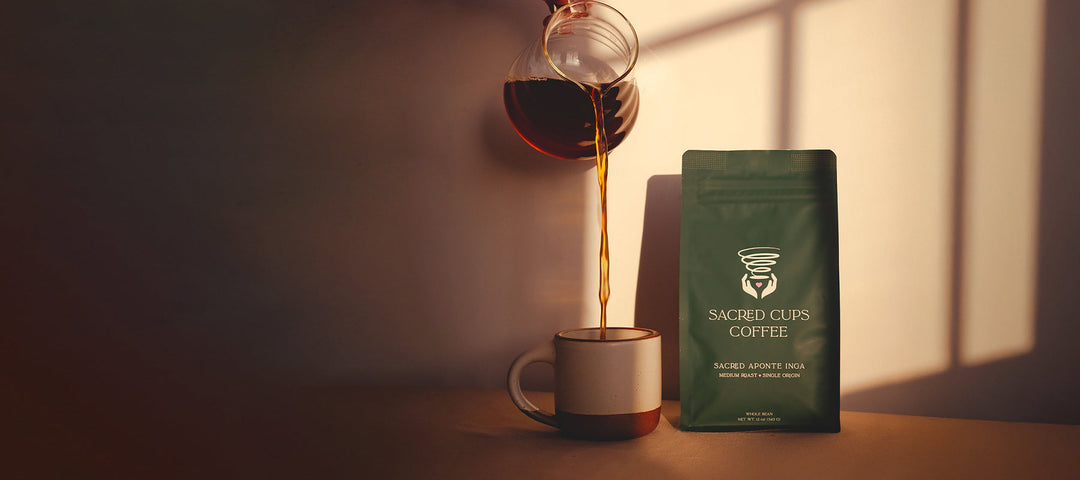
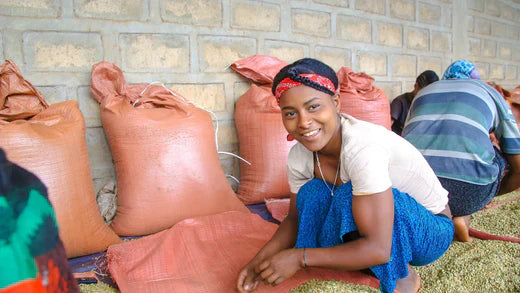

I’d like to know when this is available too.
———
Purity Coffee replied:
Stay tuned to our email list and social media for details on the premium honeyed coffee we will be offering this spring! Our light-medium roast PROTECT that we currently offer is honey-processed. 😃
First snd for most I appreciate and seek “the purity”
You have always offered. I look forward to trying something different but also with your standards❣️
———
Purity Coffee replied:
Thank you so much for your kind words and support! We’re thrilled to hear that you appreciate our commitment to purity and high standards. Thank you for being a part of our community! ❤️
I would like to try this new honey coffee
———
Purity Coffee replied:
Our light-medium roast PROTECT that we currently offer is honey-processed. Stay tuned to our email list and social media for details on the premium honeyed coffee we will be offering this spring!
keep me inform whenyou have it, Thanks
———
Purity Coffee replied:
Did you know that our light-medium roast PROTECT that we currently offer is honey-processed?😃 Stay tuned to our email list and social media for details on the premium honeyed coffee we will be offering this spring!
I’d be excited to try honey coffee!
———
Purity Coffee replied:
Thank you for expressing your interest in trying honey coffee! Did you know that our light-medium roast PROTECT is honey-processed? We’re thrilled to hear that you’re excited about trying our new premium honeyed coffee, which will be available this spring. Keep an eye out for updates on our social media and email, and we’ll make sure to keep you posted on when it becomes available. Thank you for being a part of our community and for supporting us! ☕️
Leave a comment